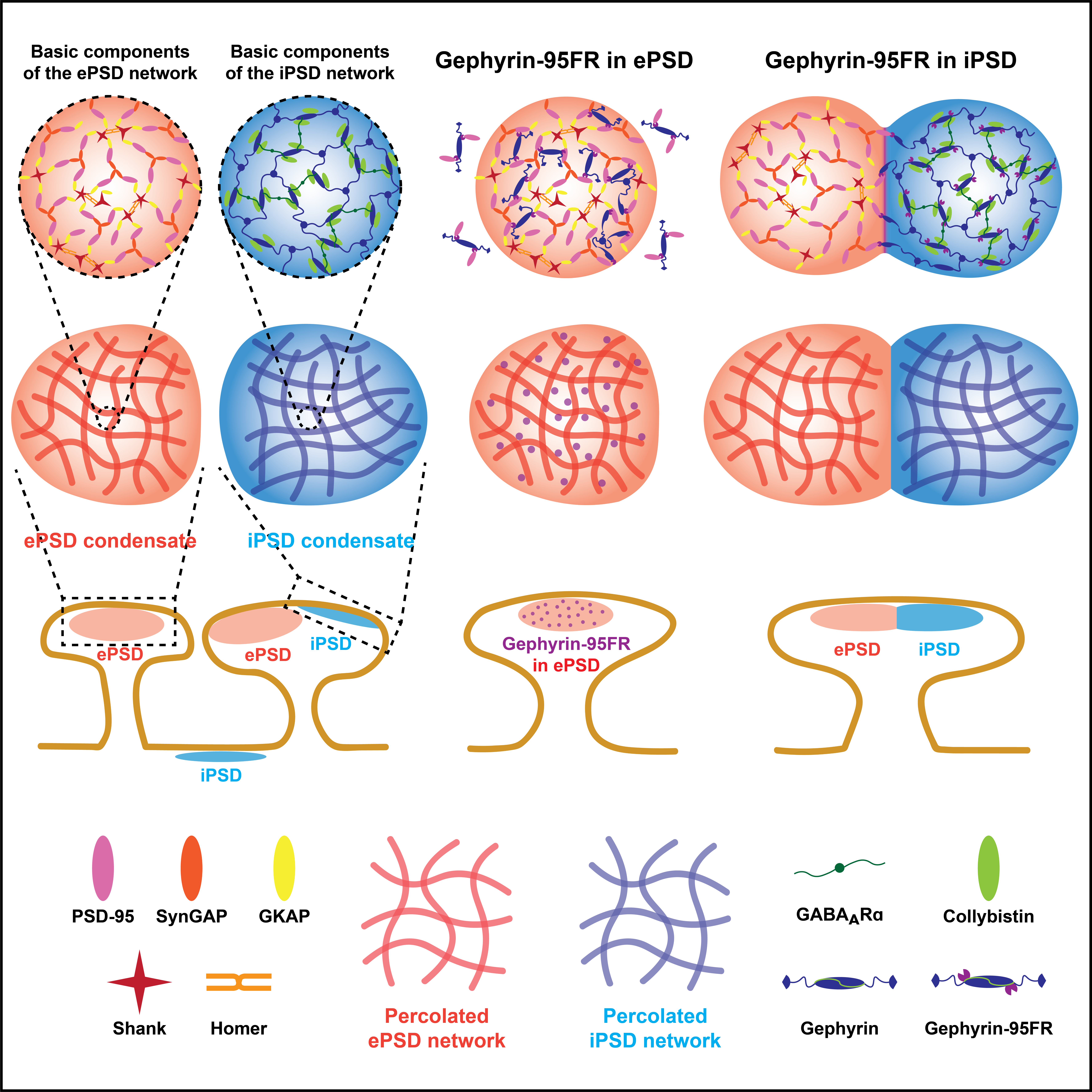Rapid dispersion of SynGAP from synaptic spines triggers AMPA receptor insertion and spine enlargement during LTP
2015.01.07Araki, Y., Zeng, M., Zhang, M., & Huganir, R. L. (2015). Neuron, 85(1), 173-189.
SynGAP is a Ras-GTPase activating protein highly enriched at excitatory synapses in the brain. Previous studies have shown that CaMKII and the RAS-ERK pathway are critical for several forms of synaptic plasticity including LTP. NMDA receptor-dependent calcium influx has been shown to regulate the RAS-ERK pathway and downstream events that result in AMPA receptor synaptic accumulation, spine enlargement, and synaptic strengthening during LTP. However, the cellular mechanisms whereby calcium influx and CaMKII control Ras activity remain elusive. Using live-imaging techniques, we have found that SynGAP is rapidly dispersed from spines upon LTP induction in hippocampal neurons, and this dispersion depends on phosphorylation of SynGAP by CaMKII. Moreover, the degree of acute dispersion predicts the maintenance of spine enlargement. Thus, the synaptic dispersion of SynGAP by CaMKII phosphorylation during LTP represents a key signaling component that transduces CaMKII activity to small G protein-mediated spine enlargement, AMPA receptor synaptic incorporation, and synaptic potentiation.
- Recommend
-
2024-10-08
New targets and designed inhibitors of ASAP Arf-GAPs derived from structural characterization of the ASAP1/440-kD ankyrin-B interaction
-
2024-06-18
CaMKII autophosphorylation is the only enzymatic event required for synaptic memory.
-
2024-06-15
AIDA-1/ANKS1B Binds to the SynGAP Family RasGAPs with High Affinity and Specificity.
-
2024-05-23

Demixing is a default process for biological condensates formed via phase separation
-
2024-03-28
[-]10150340_31070.jpg)
Short-distance vesicle transport via phase separation.

